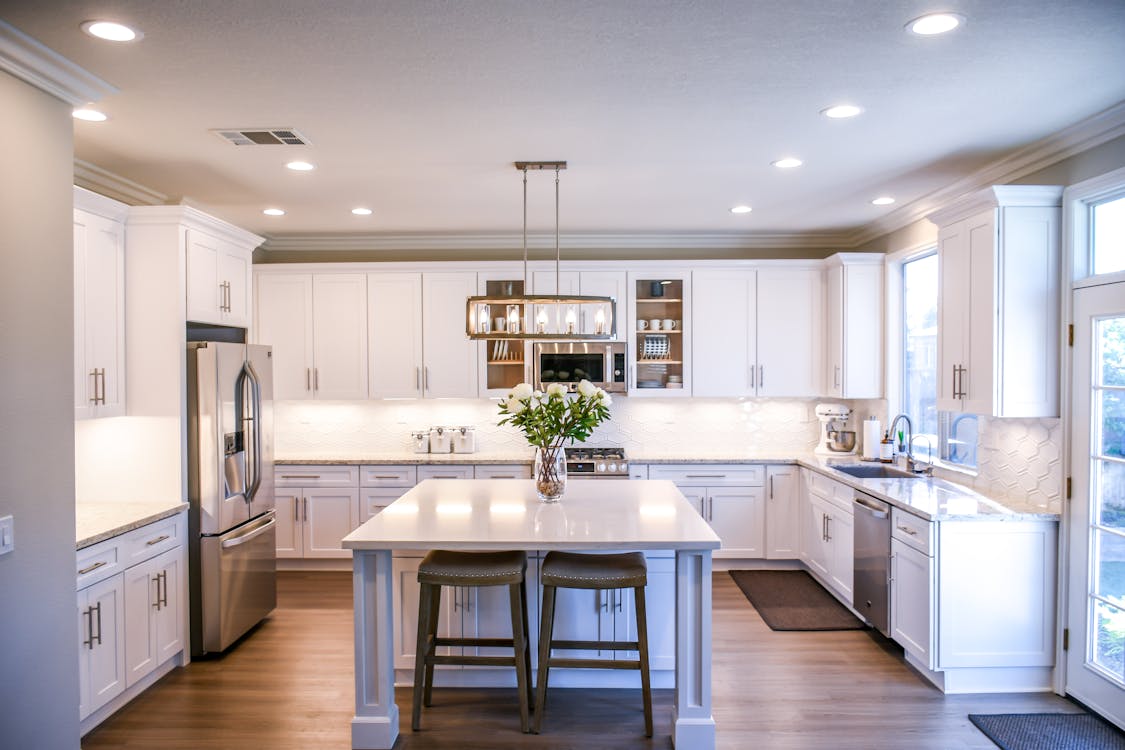Landlord Blog
Education and news for smart DIY landlords!
Buying a Home That Supports Health and Wellness: Key Aspects to Consider
 In recent years, the concept of a home has evolved beyond being just a place of residence. It is now seen as a sanctuary that plays a crucial role in our overall well-being. When buying a home, it's essential to consider aspects that support health and wellness, ensuring that your living space enhances both your physical and mental health. Here are some key aspects to consider when purchasing a home that fosters a healthy and balanced lifestyle.
In recent years, the concept of a home has evolved beyond being just a place of residence. It is now seen as a sanctuary that plays a crucial role in our overall well-being. When buying a home, it's essential to consider aspects that support health and wellness, ensuring that your living space enhances both your physical and mental health. Here are some key aspects to consider when purchasing a home that fosters a healthy and balanced lifestyle.
Location and Environment
The location of your home is a fundamental factor in promoting health and wellness. Consider neighborhoods with low pollution levels, ample green spaces, and proximity to nature. Living near parks, trails, and other outdoor recreational areas encourages physical activity and offers a natural environment for relaxation and mental rejuvenation. Additionally, check for noise levels and ensure that the area is not subject to excessive traffic or industrial noise, which can negatively impact your stress levels and overall well-being.
Natural Light and Ventilation

A home with abundant natural light can significantly enhance your mood and energy levels. Sunlight exposure is linked to increased production of serotonin, which helps improve mood and focus. When touring potential homes, pay attention to the orientation of the building and the size and placement of windows. Good ventilation is also crucial as it ensures a steady flow of fresh air, reducing indoor pollutants and allergens. Look for homes with cross-ventilation features and ensure that windows can be easily opened to allow for air circulation.
Indoor Air Quality
Indoor air quality is a critical aspect of a healthy home. Poor air quality can lead to respiratory issues, allergies, and other health problems. Consider homes that use non-toxic building materials, low-VOC (volatile organic compounds) paints, and finishes. The presence of a proper ventilation system, air purifiers, and indoor plants can also help maintain a healthy indoor environment by filtering out toxins and improving air quality.
Ergonomic and Functional Spaces

The layout and functionality of your home can significantly affect your physical health. Look for homes with ergonomic designs that support comfortable living and reduce the risk of strain or injury. Pay attention to the kitchen layout, bathroom accessibility, and the design of workspaces if you work from home. Homes with flexible spaces that can be adapted for exercise, meditation, or other wellness activities can contribute to a healthier lifestyle.
Access to Health and Wellness Facilities
Proximity to health and wellness facilities is another important factor. Having easy access to gyms, yoga studios, healthcare centers, and wellness clinics can support a regular fitness routine and ensure that medical care is readily available when needed. Additionally, consider the availability of healthy food options such as farmers' markets, organic grocery stores, and health food shops in the vicinity.
Community and Social Well-being
A supportive and friendly community can greatly enhance your well-being. Look for neighborhoods that encourage social interaction and provide opportunities for community engagement. Areas with community centers, local events, and social clubs can help you build strong social connections, which are essential for mental health. Additionally, consider the overall safety and security of the neighborhood, as feeling safe in your home environment is fundamental to your well-being.
Sustainable and Eco-Friendly Features

Homes that incorporate sustainable and eco-friendly features not only benefit the environment but also contribute to your health. Energy-efficient appliances, solar panels, and sustainable building materials reduce your carbon footprint and promote a healthier living environment. Eco-friendly homes are often designed with better insulation and ventilation systems, which can improve indoor air quality and reduce utility costs.
Conclusion
Buying a home that supports health and wellness requires thoughtful consideration of various factors, from location and environment to indoor air quality and community features. By prioritizing these aspects, you can create a living space that not only meets your practical needs but also enhances your physical and mental well-being. Investing in a home that promotes a healthy lifestyle is a step towards a happier, more balanced life.
Read these articles for more tips on how to make smart home-buying decisions!
